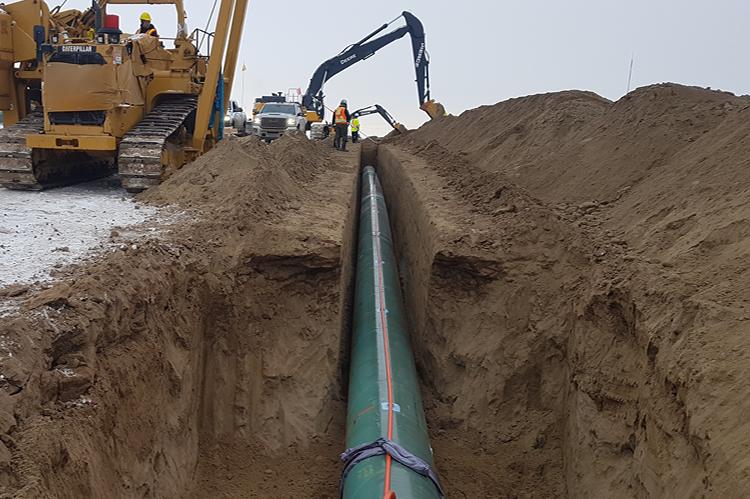Overcoming the Challenges and Increasing Value in Fiber Optic Monitoring

Distributed fiber optic sensing has been gaining significant momentum in pipeline industry adoption. The primary application of this technology has been in p reventative leak detection, but intelligent new applications such as pipeline flow rate monitoring are now emerging and promise to deliver extra value to the pipeline operators.
We present a high fidelity dynamic sensing system (HDS), which is capable of sensing acoustics, temperature, strain, and vibration over long distances in, on, or near a pipeline. We will discuss the practical considerations and challenges of deploying this technology in the field, including long distance fiber jetting, on and off the pipe placement, deployment in existing conduits, placement underneath riverbeds and roads, internal deployment, and micro-trenching. An overview of conduit sizing and thickness design tradeoffs and their impact on sensitivity will also be provided.
Case studies will be provided to showcase the val ue of using artificial intelligence and machine l earning to explore new frontiers in pipeline monitoring. A variety of “val ue added” applications such as flow anomaly detect ion, flow rate, pressure, and density estimation will be discussed in detail. Other applications such as pig, vehic le, and train detection and tracking will also be presented.
A discussion of the critical design criteria for the creation o f scalable client notification and data delivery platforms will also be provided. Design considerations include the diversity of customer personas and the associated requirement of interface customizability, the need for scalability to accommodate the always-growing volume of data, future-proof design to permit on-the-fly addition of new events and data streams with minimal core platform modifications, and intuitive user inter face design requirements.
